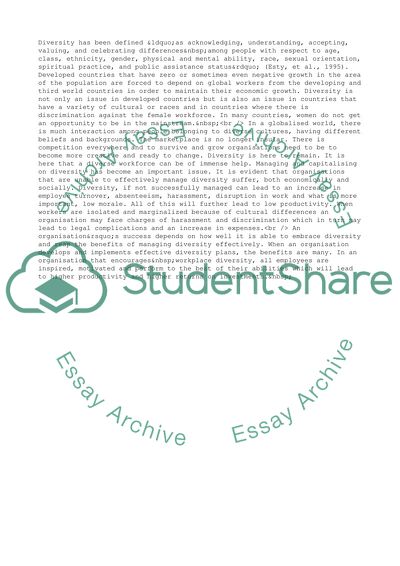Cite this document
(The Need for Managing Diversity Coursework Example | Topics and Well Written Essays - 2000 words, n.d.)
The Need for Managing Diversity Coursework Example | Topics and Well Written Essays - 2000 words. Retrieved from https://studentshare.org/management/1722079-managing-organisatios
The Need for Managing Diversity Coursework Example | Topics and Well Written Essays - 2000 words. Retrieved from https://studentshare.org/management/1722079-managing-organisatios
(The Need for Managing Diversity Coursework Example | Topics and Well Written Essays - 2000 Words)
The Need for Managing Diversity Coursework Example | Topics and Well Written Essays - 2000 Words. https://studentshare.org/management/1722079-managing-organisatios.
The Need for Managing Diversity Coursework Example | Topics and Well Written Essays - 2000 Words. https://studentshare.org/management/1722079-managing-organisatios.
“The Need for Managing Diversity Coursework Example | Topics and Well Written Essays - 2000 Words”. https://studentshare.org/management/1722079-managing-organisatios.


